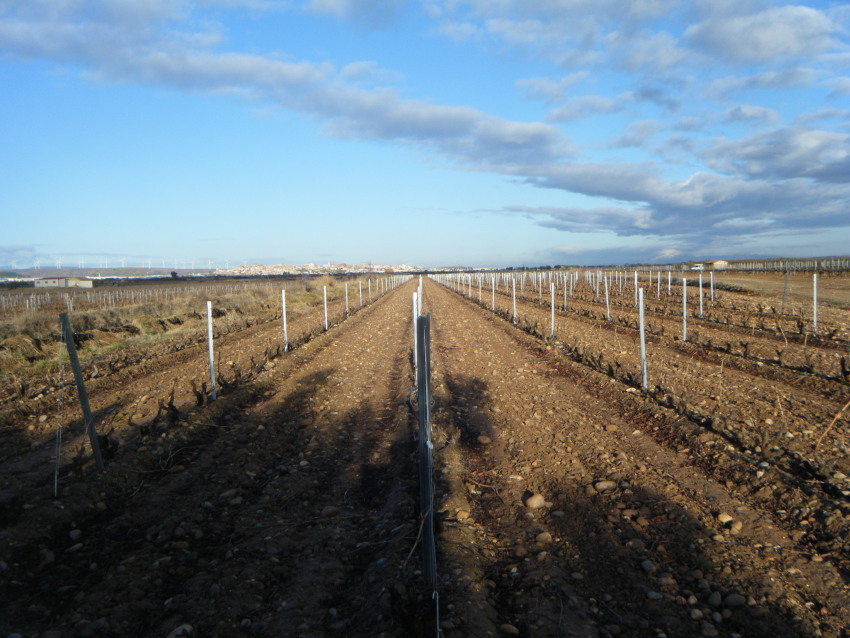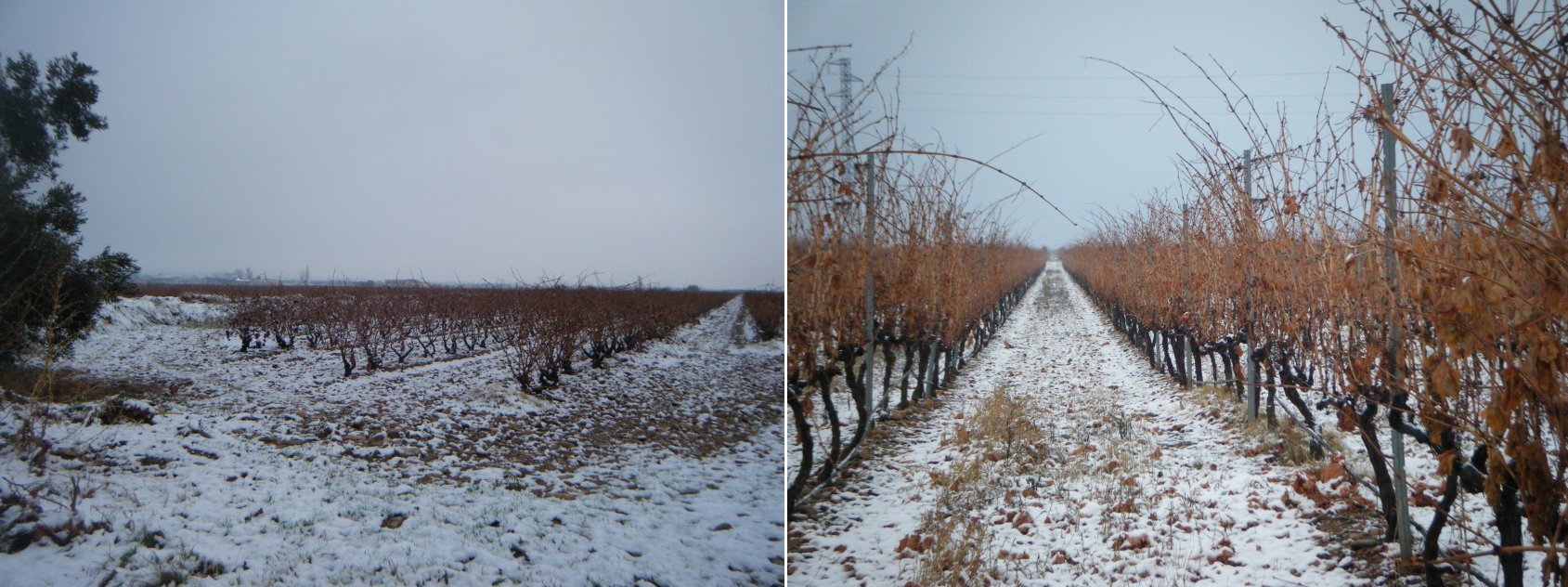The winter is already over and the new vintage just started to show up. But during these months while the vines were in rest period - when they are in a calm state and we have some time to observe and reflect on what we see and what has happened throughout this year's vintage - what most caught my attention was something I wanted to share with you. I'm talking about the amount of gobelet vineyards that are being transformed into trellis vineyards. So the question is why are winegrowers making this decision? There are several answers to this question, as many as vineyards have been transformed. However, there is a common factor in most cases: the lowering of the price of grapes and wine.
In the past few years, the price of wine and grapes has generally lowered and as a result so has the profitability of winegrowing, which has made optimizing the productive process an essential goal in order to guarantee its viability. When considering the reduction of costs, the operations that most have an effect in the productive process of grapes for winemaking are pruning, debudding and manual harvesting. All of them require a considerable amount of labour.
Pruning is essential in most cases when producing quality wines (Estate wines, wines with Designation of Origin and of Geographical Indication) in order to meet the amount of buds per hectare and to guarantee the production of quality grapes.
With regard to debudding, we could ponder managing without it. However, sun exposure and aeration of the clusters are reduced when adopting this strategy, and, as a result, ripening and the grapes’ qualities become compromised. If disregarding debudding, lignification occurs in the small shoots, which are easily removed manually in the spring, and then they have to be removed during winter pruning with scissors, thus significantly increasing costs - what we have saved in spring costs us double in the winter.
Where you can drastically reduce costs is in harvesting by replacing manual for mechanical harvesting. For this reason, many winemaking estates have opted for transforming their vineyards, or some of them, from a gobelet to a trellis system, which enables mechanical harvesting and therefore significantly reduces costs.
The landscape changes because the classic vines in gobelet formation are replaced for vines supported on wires, the three or four arms constituting the vine are replaced for vines with one trunk and one or two arms, and because posts and wires are introduced in the vineyards.
The rural population changes because by reducing the need of labour a lifestyle that has developed in winemaking areas for generations is conditioned. There are teams of workers, professionals that vine by vine, vineyard by vineyard, village by village close the vintage by "linking" pruning with debudding, debudding with harvesting, harvesting with pruning..., and again, so they know the vineyards and vines in detail. They give each of the vines everything they need in accordance with what they demand during the three visits carried out every year - one when pruning, another when debudding, and lastly when harvesting. This continuous improvement process has led to an accumulation of knowledge and improvement vintage after vintage by correcting deviations and imperfections, by learning to decide and anticipate and thus leading to excellence.
This should make us reflect on what selecting and opening a bottle of wine really entails. It is not only buying a bottle, buying wine; it is more than drinking wine, it is contributing to a unique lifestyle, a lifestyle of men and women dedicated to taking care of the vines, it is the culmination of a story.


